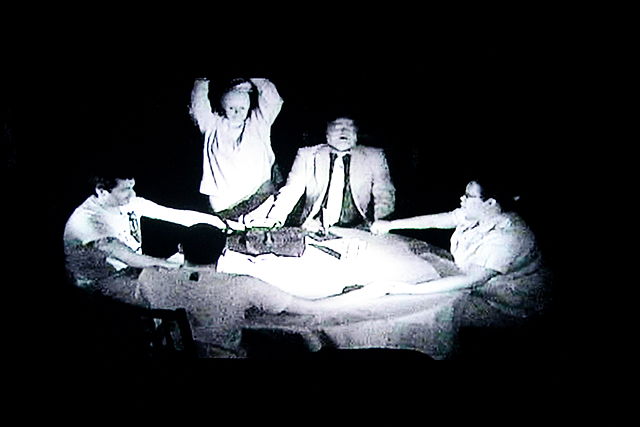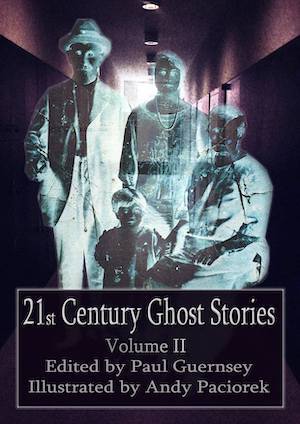What Are Seances?
Quite simply, a seance, or séance, is an attempt to communicate with the dead, something people have been trying for thousands of years. In Homer’s epic Greek poem, the Odyssey, written nearly 3,000 years ago, the hero, Odysseus, spills the blood of a bull near the entrance to Hades in order to lure out the shades of the dead, several of whom he wishes to speak to. And in the Old Testament of the bible (Samuel 28:7-20), King Saul asks the Witch of Endor to summon the spirit of the prophet, Samuel, in order to ask him about the outcome of an upcoming battle.
Throughout most of history the vast majority of people have been afraid of ghosts, and contacting ghosts intentionally was usually the furthest thing from anyone’s mind. However, this attitude changed a bit in the mid-1800s with the rise of the Spiritualist movement. Spiritualists believe that not only is contact with the dead possible, but that it can also be beneficial, with spirits including those of departed friends, loved ones, and historical figures providing comfort and even practical advice. It was during the early days of Spiritualism that that the term “seance”—French for sitting together or gathering—came into popular use in the U.S. and Britain.
A traditional Spiritualist-style seance involves people sitting and holding hands around a table in a darkened room. Usually, one of the participants is a facilitator called a “medium”—a person who claims a special ability to hear or even see the spirits of the dead. During the seance, the medium summons one or more spirits—often the deceased loved ones of the other participants. In the earliest seances, spirits answered questions by “rapping”—making knocking sounds on or against the underside of the table. Later, many mediums began to vocalize spirit messages to the living. In contemporary movie scenes—if not in real life—the medium sometimes speaks in a voice that approximates that of the disembodied spirit him- or herself.
Spiritualism and seances became hugely popular in the latter half of the 19th century. Abraham Lincoln’s wife, Mary Todd Lincoln, is known to have hosted seances in the White House in order to communicate with the Lincoln’s son, Willie, who had died as a child. Lincoln himself may have attended some of these seances. Eventually, seances began to verge on entertainment, with competing mediums putting on increasingly elaborate performances that featured such “effects” as spirits playing musical instruments and making ghostly appearances visible to the entire group.
By the early part of the 20th century, amid numerous exposures and even confessions of fraud by mediums who had been making a good living on the seance circuit, seances began to lose much of their allure. Another factor in this decline was the advent of the Ouija board, which allowed free, “do-it-yourself” seances in the privacy of middle class parlors.
Nonetheless, some people in countries around the world continue to attempt communication with the dead through the traditional means of the formal seance.


